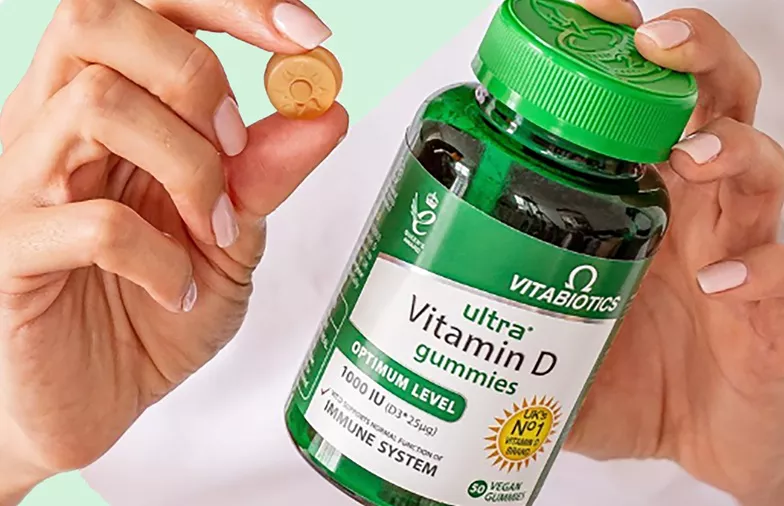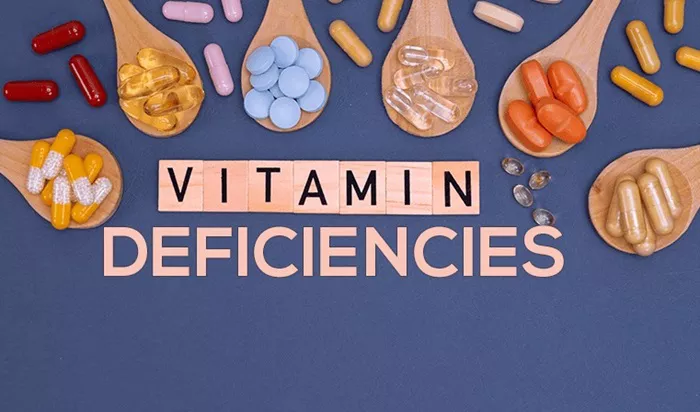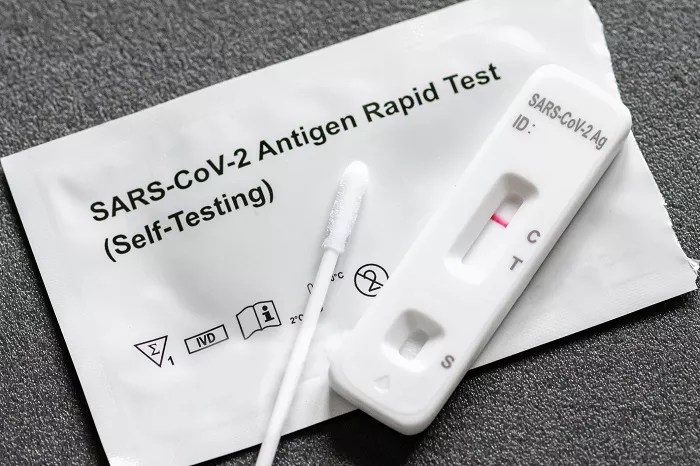Keloids are raised, thickened scars that form after an injury or surgery. They occur when the body produces an excess of collagen, causing a scar to grow beyond the boundaries of the original wound. While keloids are generally harmless, they can be unsightly, uncomfortable, and sometimes cause itching or pain. Many people seek out treatments to reduce the appearance of keloids, and one of the most common methods is using topical creams. In this article, we will explore what keloids are, how they form, and the best creams available for managing and minimizing them.
Keloids can be difficult to treat, and there is no one-size-fits-all solution. However, with the right products and consistent care, it’s possible to reduce the visibility of keloids and improve the skin’s texture. The creams discussed in this article will target different aspects of scar healing, including reducing inflammation, promoting collagen remodeling, and providing moisture to the skin. Let’s dive into the details of what you need to know about the 5 best creams for treating keloids.
What Are Keloids?
Before we delve into the best creams for keloids, it’s important to understand what keloids are and how they form. Keloids are a type of scar that grows larger than the original injury. Unlike regular scars that stay within the boundaries of the wound, keloids extend beyond the injury site, often growing over time. They can appear in a variety of shapes and sizes, typically appearing as raised, red, or purple areas on the skin. Over time, the color of the keloid may fade, but the raised, firm texture remains.
How Keloids Form
Keloids form as a result of an overproduction of collagen during the wound healing process. When the skin is injured, the body creates collagen fibers to repair the tissue. In the case of keloids, the body continues to produce collagen even after the wound has healed, leading to an excess of scar tissue. This excess collagen results in the thick, raised scar that characterizes a keloid.
Several factors can increase the likelihood of keloid formation, including:
Genetics: Keloids tend to run in families. If you have a family member with a history of keloids, you may be more likely to develop them.
Skin type: People with darker skin tones are more prone to developing keloids than those with lighter skin.
Location of injury: Certain areas of the body, such as the chest, shoulders, and earlobes, are more likely to develop keloids.
Infection or inflammation: If the wound becomes infected or is not properly cared for during the healing process, it can increase the likelihood of keloid formation.
Keloids can develop after a variety of injuries, including cuts, burns, acne, piercings, and even surgical incisions. They can be itchy, painful, and, in some cases, restrict movement, especially when they form in areas like the joints. Fortunately, several treatments can help reduce their appearance, and using topical creams is one of the most common methods.
What to Look for in a Keloid Cream
When searching for the best cream for keloids, it’s essential to choose a product that addresses the specific needs of scar tissue. Here are the key factors to consider when selecting a cream:
1. Scar-Healing Ingredients
The best creams for keloids typically contain ingredients that support the skin’s natural healing process. Some key ingredients to look for include:
Silicone: Silicone-based gels and creams are among the most effective treatments for keloids. Silicone helps hydrate the skin and create a barrier that can flatten and soften scar tissue over time.
Vitamin E: Vitamin E is a well-known ingredient that helps nourish and repair the skin. It has antioxidant properties that can help improve the appearance of scars.
Hydrocortisone: A mild corticosteroid, hydrocortisone can help reduce inflammation and prevent the keloid from growing further.
Onion Extract: Onion extract is often included in keloid creams because it has been shown to reduce redness and swelling, and it may also help with collagen breakdown.
Aloe Vera: Aloe vera is known for its soothing and moisturizing properties. It can help hydrate the skin and reduce irritation associated with keloids.
Centella Asiatica: Also known as gotu kola, this plant extract is often used in scar healing products because it promotes collagen production and tissue repair.
2. Consistency and Application
The consistency of the cream is also crucial. A thicker cream or gel may stay in place longer and provide more consistent moisture to the scar tissue. The cream should be easy to apply, absorb quickly, and not leave a greasy residue. Regular use of the cream is key to achieving results.
3. Proven Effectiveness
Look for products that have been clinically tested or have a good reputation for effectively reducing keloids. User reviews, testimonials, and product ratings can be helpful when assessing a product’s effectiveness.
4. Safety and Sensitivity
Since keloid-prone skin can sometimes be sensitive, it’s essential to choose a cream that is free from harmful chemicals or allergens. Look for creams that are hypoallergenic, non-comedogenic, and dermatologist-tested to ensure they won’t irritate the skin.
Top Creams for Keloids
Now that we’ve covered what to look for in a keloid cream, let’s dive into some of the best creams on the market that are known for their effectiveness in treating keloids.
1. Mederma Advanced Scar Gel
Mederma is one of the most well-known brands in the scar treatment industry, and its Advanced Scar Gel is a popular choice for keloid treatment. It contains onion extract, which has been shown to reduce inflammation and improve the appearance of scars. Mederma’s gel formula is lightweight and absorbs quickly into the skin, making it easy to apply and use consistently.
Many people report seeing noticeable improvements in the color, texture, and size of their scars after using Mederma for several weeks. While results can vary, Mederma is a highly trusted product for those looking to treat keloids.
Key Features:
Contains onion extract
Reduces inflammation and redness
Helps flatten and soften scars over time
2. Kelo-Cote Silicone Gel Sheet
Kelo-Cote is a silicone-based gel that is clinically proven to help reduce the appearance of scars, including keloids. The gel creates a protective layer over the scar, helping to hydrate the skin and promote healing. It can be used on both old and new keloids, and it is often recommended by dermatologists for treating scars.
The unique formula of Kelo-Cote helps reduce scar thickness, redness, and discomfort, while also improving the overall appearance of the skin. The gel is available in both tube and spray formats, making it easy to apply to hard-to-reach areas.
Key Features:
Contains medical-grade silicone
Reduces scar thickness and redness
Creates a protective barrier that promotes healing
3. Bio-Oil Skincare Oil
Bio-Oil is a popular skincare oil known for its ability to treat scars, stretch marks, and uneven skin tone. It contains a blend of natural oils, including vitamin A and vitamin E, which are both essential for skin regeneration and repair. Bio-Oil’s unique formula helps improve the appearance of scars by promoting collagen production and keeping the skin hydrated.
While Bio-Oil is not specifically marketed as a treatment for keloids, many people have found it to be effective in reducing the visibility of their scars, including keloids. It is especially useful for moisturizing the skin and preventing further scar tissue formation.
Key Features:
Contains vitamin A, vitamin E, and natural oils
Improves skin tone and texture
Helps reduce the appearance of scars
4. ScarAway Silicone Scar Gel
ScarAway is another silicone-based product that has received praise for its ability to treat keloids. The gel is designed to flatten, soften, and reduce the appearance of scars by providing a silicone shield that hydrates the skin and promotes healing. It is suitable for use on both new and old scars and is recommended for people with sensitive skin.
ScarAway is easy to apply and dries quickly, making it a convenient option for daily use. It’s also safe for use on all areas of the body, including the face.
Key Features:
Contains medical-grade silicone
Reduces scar appearance and thickness
Safe for sensitive skin
5. Aroamas Advanced Silicone Scar Gel
Aroamas is a top-rated silicone scar gel that is designed to treat all types of scars, including keloids. The gel contains a high concentration of silicone, which is known for its ability to flatten and soften scars. Aroamas is also enriched with antioxidants and other skin-nourishing ingredients to promote healing and improve skin texture.
Many users report visible improvements in their keloids after using Aroamas for several weeks. The gel is non-greasy, odorless, and dries quickly, making it a great option for daily use.
Key Features:
High-concentration silicone formula
Non-greasy and quick-drying
Suitable for all skin types
Conclusion
Keloids can be a challenging condition to manage, but with the right treatment, you can significantly improve the appearance of your scars. The creams and gels listed in this article are some of the best options available for treating keloids. Whether you choose a silicone-based gel, a vitamin-enriched oil, or a scar-reducing cream, consistency is key. Always follow the instructions on the product packaging and give your skin time to respond to the treatment.
It’s also important to note that while creams and gels can help reduce the appearance of keloids, they may not completely eliminate them. If you find that over-the-counter creams are not effective, you may want to consult with a dermatologist for additional treatment options, such as corticosteroid injections, laser therapy, or surgical removal.
By using the right products and being patient, you can reduce the size and appearance of keloids and improve the overall health and appearance of your skin.
Related Topics






























